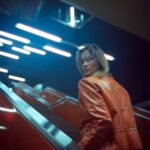About light: Using the mid-sun as a portrait photographer
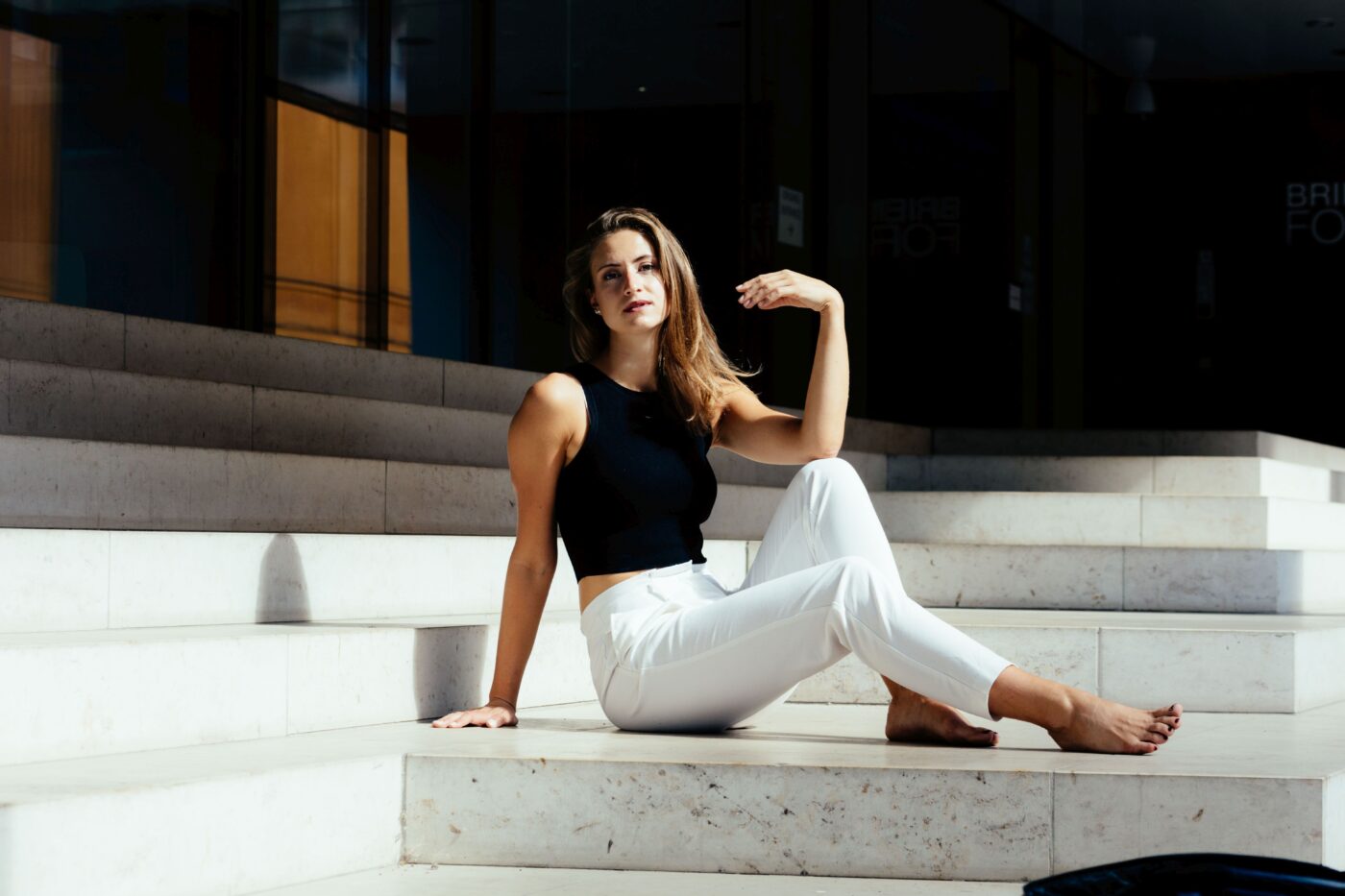
The “most difficult” light: Direct, harsh sunlight for portraits, Updated 2024
I’m keeping this as simple as possible and won’t go into the advantages of reflectors or diffusers. In these examples, as a portrait photographer, I have nothing but my camera and lenses. Still, this section (I’m planning a series on the topic) will probably be the largest because for me, harsh sunlight has been the most difficult and misunderstood light as a portrait photographer.
By direct harsh sunlight I mean the midday sun on a cloudless day: the nightmare for many available light photographers. A professional photographer like Brandon Woelfel avoids this time of day completely and prefers to only shoot at the golden or blue hour (more on that in another blog entry).
As a portrait photographer, I too avoided the midday sun until I discovered videos from photographers like Peter McKinnon. In his video, the American product and portrait photographer discusses the benefits of direct, harsh sunlight. Since then, I have been walking through Munich much more attentively during the midday sun and keeping an eye out for atmospheric shadows. But why did I have such an aversion to this light?
The problem with direct sunlight and portraits
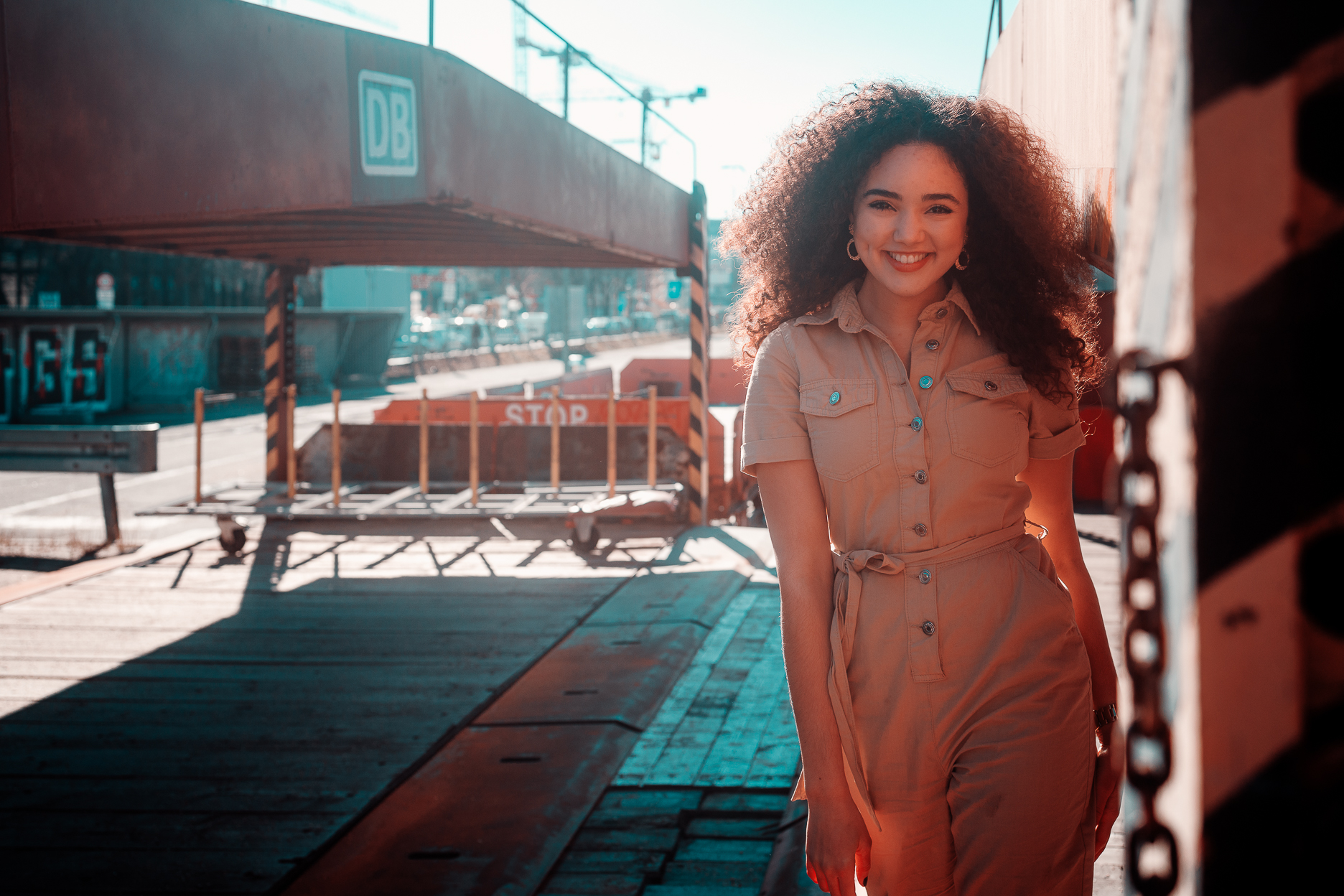
Iso 200, 1/640, f4 with 35 mm
First of all, direct sunlight is very, very bright. Which means that without an ND filter (sunglasses for the lens) you can forget about beautiful bokeh (a depth of field, as we know it from classic portrait photography). Even with a shutter speed of 1/4000 second, you can’t open the lens wide enough to get a decent depth of field. In my work as a portrait photographer, I love depth of field and I’m not alone. Either an ND filter or analog photography with a film with an ISO value below 100 can help.
What makes matters worse is that direct sunlight doesn’t even illuminate the face that well. Anyone who took a walk on the sidewalk on a warm summer day and thought to themselves, “I’ll take a nice selfie with the midday sun on my face” probably dealt a blow to their ego: Completely cold lighting in which you can see every blemish on your skin and the facial expression, the squinted look and highlighted dark circles under the eyes don’t really help either.
The fact that the direct midday sun doesn’t do your face any favors, that without an ND filter you can forget about the bokeh and thus a decent highlighting of the subject, and that it also has relatively little atmosphere/drama (like a red sunset or a golden morning has to offer), it is reason enough for most available light portrait photographers to completely avoid available light portrait shoots on clear summer days between 10 a.m. and 5 p.m. But why skip on those precious times in your toolkit as a photographer?
Learn from other genres when dealing with hard light
What the direct, cloudless midday sun has to offer like no other light can is contrasts with harsh shadows and blinding light. And there is a breed of photographers who are particularly happy about this.
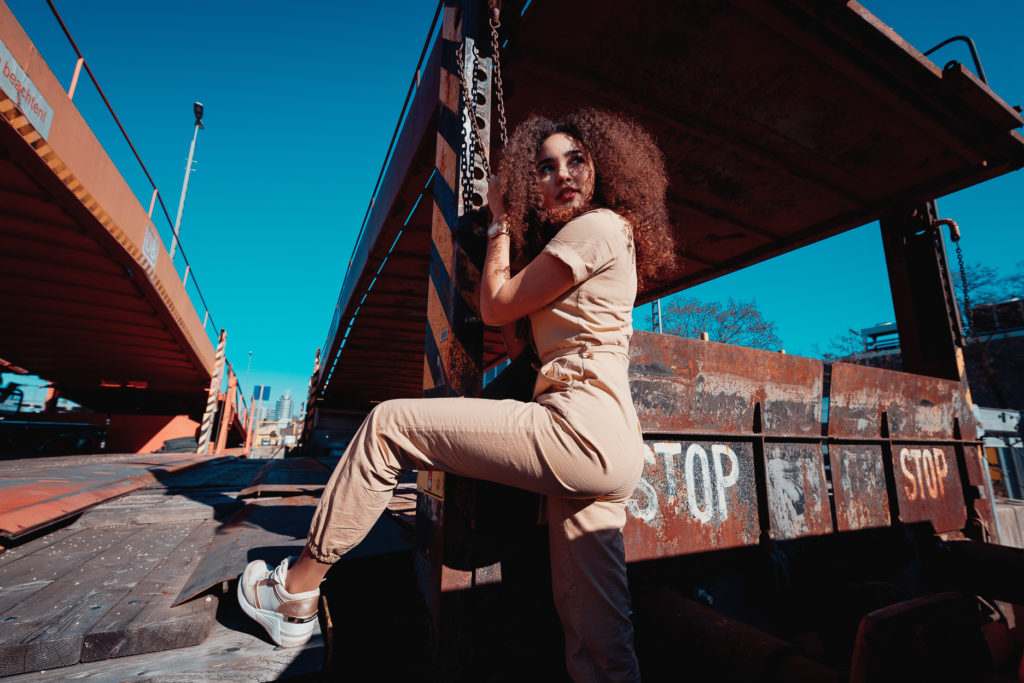
Iso 100, 1/500, f5 with 15 mm
Architecture and street photographers love working with hard shadows. The unique, clean lines of light, the Outlines of imposing buildings through shadows or sunlight breaking through glass are fantastic for architectural photography. Street photographers also appreciate the clear shadows and direct light to isolate people in the big city and as a tool to capture picturesque silhouettes.
The chinese photographer Fan Ho brought this type of black and white street photography to perfection over the last century and is still one of the most influential photographers in the entire genre today.
Why portrait photographers shouldnt limit themselves to indoors at noon
Portrait and available light photographers like me, vloggers and influencers have already learned that exactly this harsh contrast between light and shadow of the midday sun can be tamed perfectly in a building, room or attic in combination with a window. But why stop there?
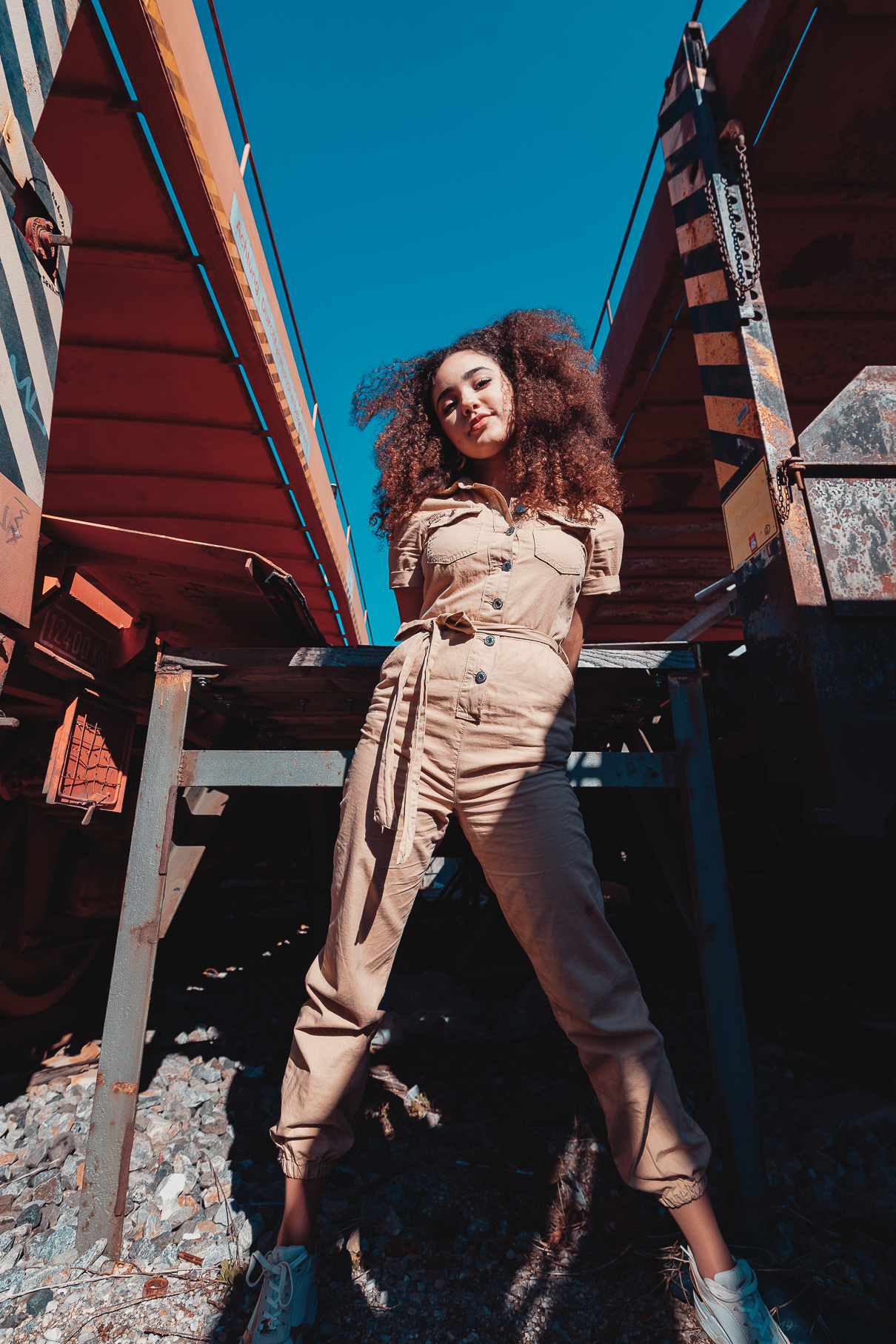
Iso 100, 1/500, f5 with 15 mm
Even outside, hard shadows from buildings, trees or subway entrances can be used to take atmospheric portraits. As a photographer, in my experience inspired by street and architectural photography, the most important thing is:
- Using a wide-angle lens will help you capture as much of the atmospheric shadows and contrasts as possible
- With a wide composition, avoid harsh shadows on the subject’s face, but with a narrow composition, use them specifically
- To move, because often the portrait looks great from a different angle, which illuminates the face unfavorably from one angle, might work as a great rim light from a different one
- It is essential to photograph in RAW, because with the harsh contrasts you won’t get anything out of it in post-production in Jpeg format
- And obviously: look around for interesting light/shadow compositions
Benefit from the experience of other portrait photographers
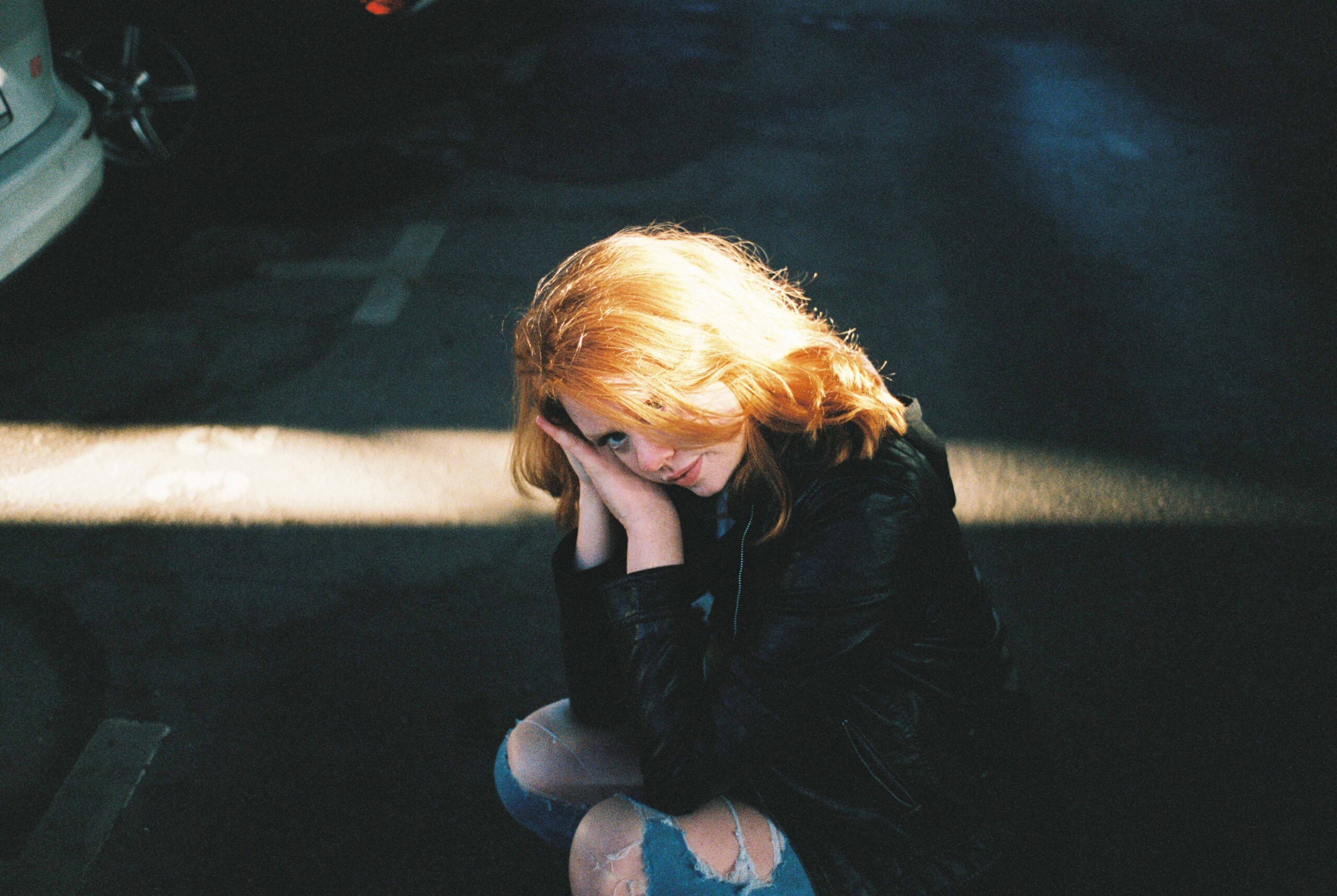
And as a final tip: As a portrait photographer, I’m just a grain of sand in the desert. Check out what other photographers have to say about the topic. YouTube is my go-to for 90% of my photography questions. That’s why at the end of this segment I would like to introduce you to three great videos that deal with taking photos in direct sunlight.
The first video is by the photographer Jessica Kobeissi and deals, among other things, with how underexposing helps to prevent the resulting overexposed highlights on the face, how you can help your model not go blind and why you should always wear ironed clothes in direct sunlight.
The second video is the previously mentioned video by photographer Peter MCKinnon, which motivated me to try out portraits in direct sunlight.
Further and not directly from portrait photography, but for me the most important of the three videos is this one about Chiaroscuro by the English portrait and street photographer Jamie Windsor. This short, almost philosophical video is about why strong light/shadow contrasts are fantastic as a stylistic device and that’s exactly what exists especially at lunchtime.
That was a lot of theory but I hope that I was able to shed some light on the subject.
If I was able to arouse your interest and you would like to have your portrait photographed in direct sunlight, you can read about how a shoot works for me here.
Note: To the studio colleagues
The idea of writing an entry like this has been floating around in my head for a relatively long time, but in fact I’ve avoided it so far for one crucial reason: I’m not a studio photographer. Sure, I once bought a cheap studio set, enthusiastically studied videos about the Butterfly and Rembrandt Lightning and forced my poor friends to pose on my barstools.
(Future Daniel here, now I’m more experienced in the studio, read more about my experiences and the joy of good assistance here)
And yes, beautiful portraits came out and of course, I could deliver ok-results in a studio. Nevertheless, to be honest, I’ve only scratched the surface of studio photography, I’ve only mastered the basics and when it comes to the most controlled use of light, that’s where the most research and testing takes place in the studio.
No lens comparison please
Maybe that’s why semi-amateurs and, more rarely, professionals from studio photography, in my experience (as a portrait photographer who is often in Facebook groups – horrible idea, I know, more on that rant.) are willing to place themselves above available light photographers (while looking down from the tripod Olympus and firing off color flashes).
That’s why I would like to address one thing quickly, because I have also encountered photographers in my everyday work who said to me that without studio experience and as a pure available light photographer – you are not a complete photographer.
After two intensive years of dealing with photography and dozens of portrait shoots, I can say with a clear conscience that this is nonsense. Just as it is nonsense to assume that a cubist painter knows nothing about his craft because he has not mastered Art Nouveau, or to assume that a musician knows nothing about his craft because he has not learned to read music… By the way and completely off topic, art and photography goes pretty well together, when we take composition into focus.
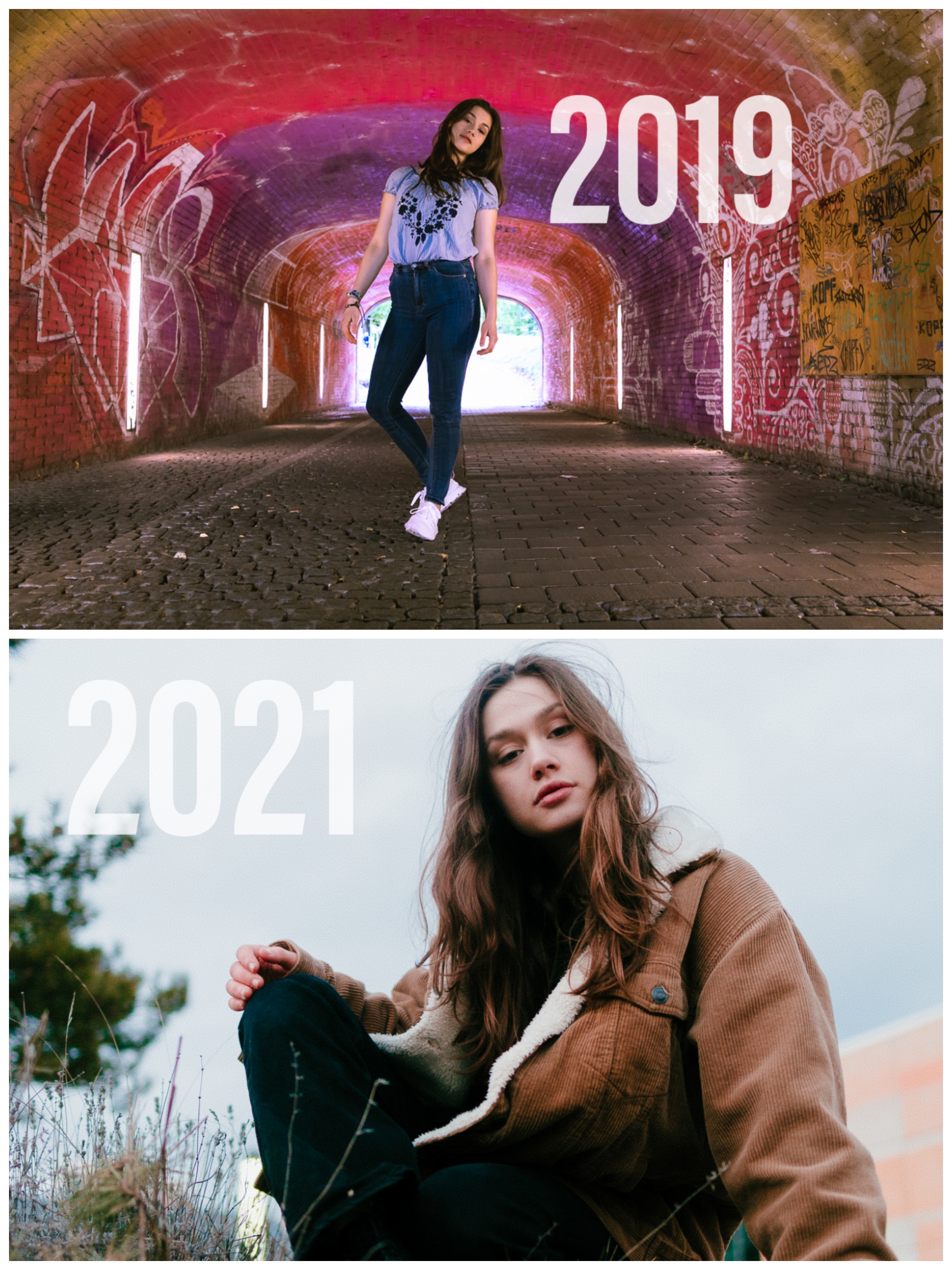
When I work as a portrait photographer with available light, I don’t have studio flashes and I can’t always illuminate the face in a controlled manner according to the well-rehearsed rules that historical painters laid down hundreds of years ago. I also rely on improvisation when it comes to planning, because every day has different light, different weather and you can’t even rely 100% on the sun’s orbit around the earth. It’s his own challenge. Aside from that:
You don’t necessarily need experience in a photo studio to take great photography
Of course, it makes sense for me as an available light photographer to at least understand the studio’s theory of having frozen a person mid-jump with a flash setup or a striking black and white portrait on a simple background with a dramatic shadow on it (it’s fun too):
But it is not a must. And anyone who tries to tell you something different, pay attention to photographers like Nan Goldin, Sebastiao Salgado, André Josselin or Tatiana Mertsalova (the latter two I would even suspect that they don’t even develop their films themselves, such amateurs!).
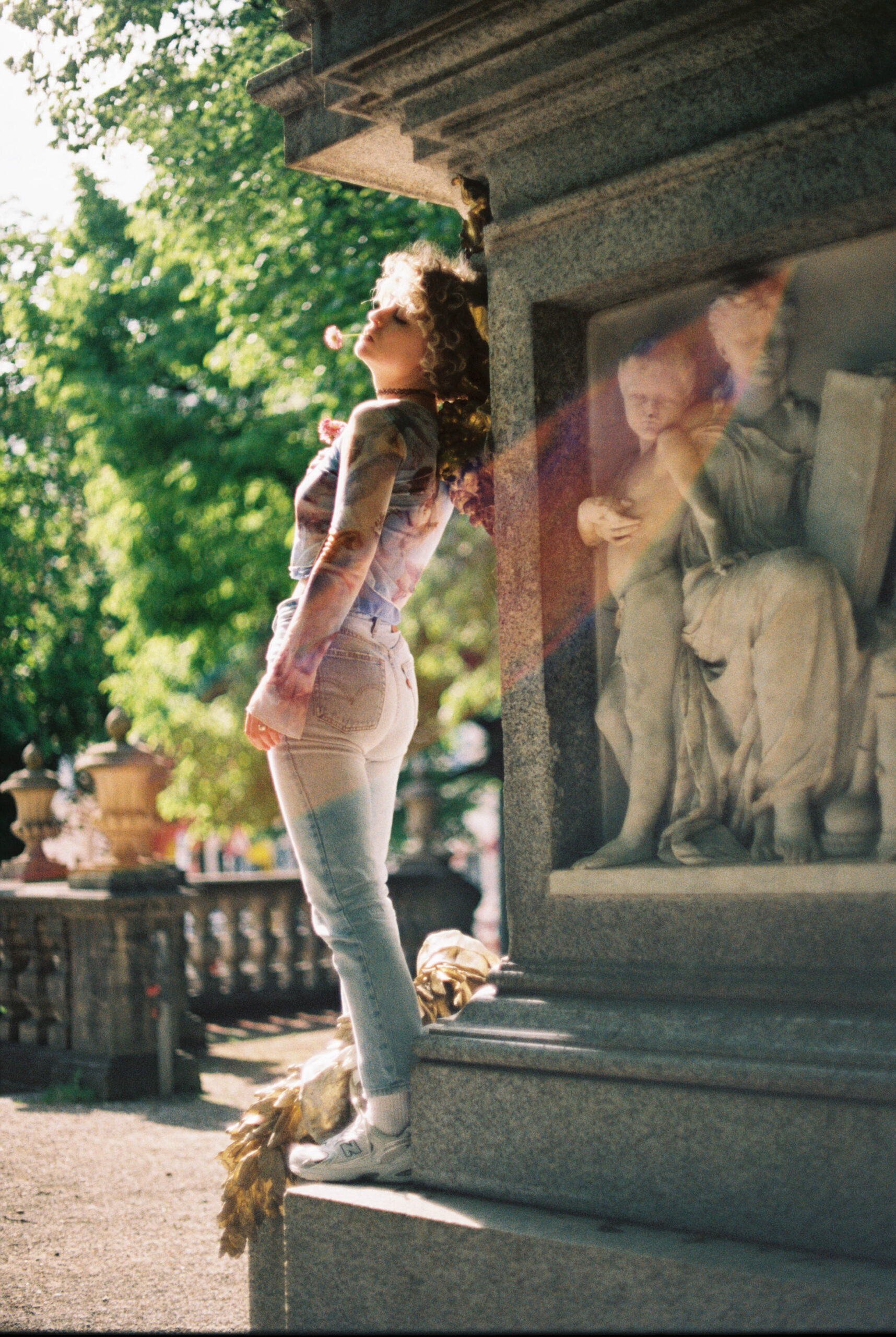
We Germans always like to try to categorize and simplify things with formulas (studio flash + rimlight + 85mm lens with aperture f1.2 + black background = perfect portrait) but in photography we’re in the realm of art and feelings as well (where was I going with this, I dont know but it sounded pretty smart).
Better to have a unique selling point than being an all-rounder
Finally, I would also like to say that this generalized thinking in photography is probably outdated. By this I mean that photography is now much more accessible than it was 30 years ago (pointing out the obvious again aint I). Previously studied knowledge can be easily copied by beginners in portrait photography using modern and, above all, inexpensive technology and freely available tutorials. For example like this one: how to produce sharper images, feel free to read into it.
Maybe that’s why as a photographer you’re better off concentrating on a niche that isn’t so easy for amateurs and hobbyists, rather than mastering the entire craft without any real depth. But no offense, those are just my thoughts and I’m a small available light photographer from Munich who is in the process of expanding his small business and the kings of the industry certainly have completely different views on this. I do hope you’ve got a bit inspiration out of this post and happy shooting.
(Before you leave, again future Daniel here, this is a updated post from 2021 after all, I actually do now know more about the photography business, especially freelancing, like three-long-articles-about-how-to-get-started more).




